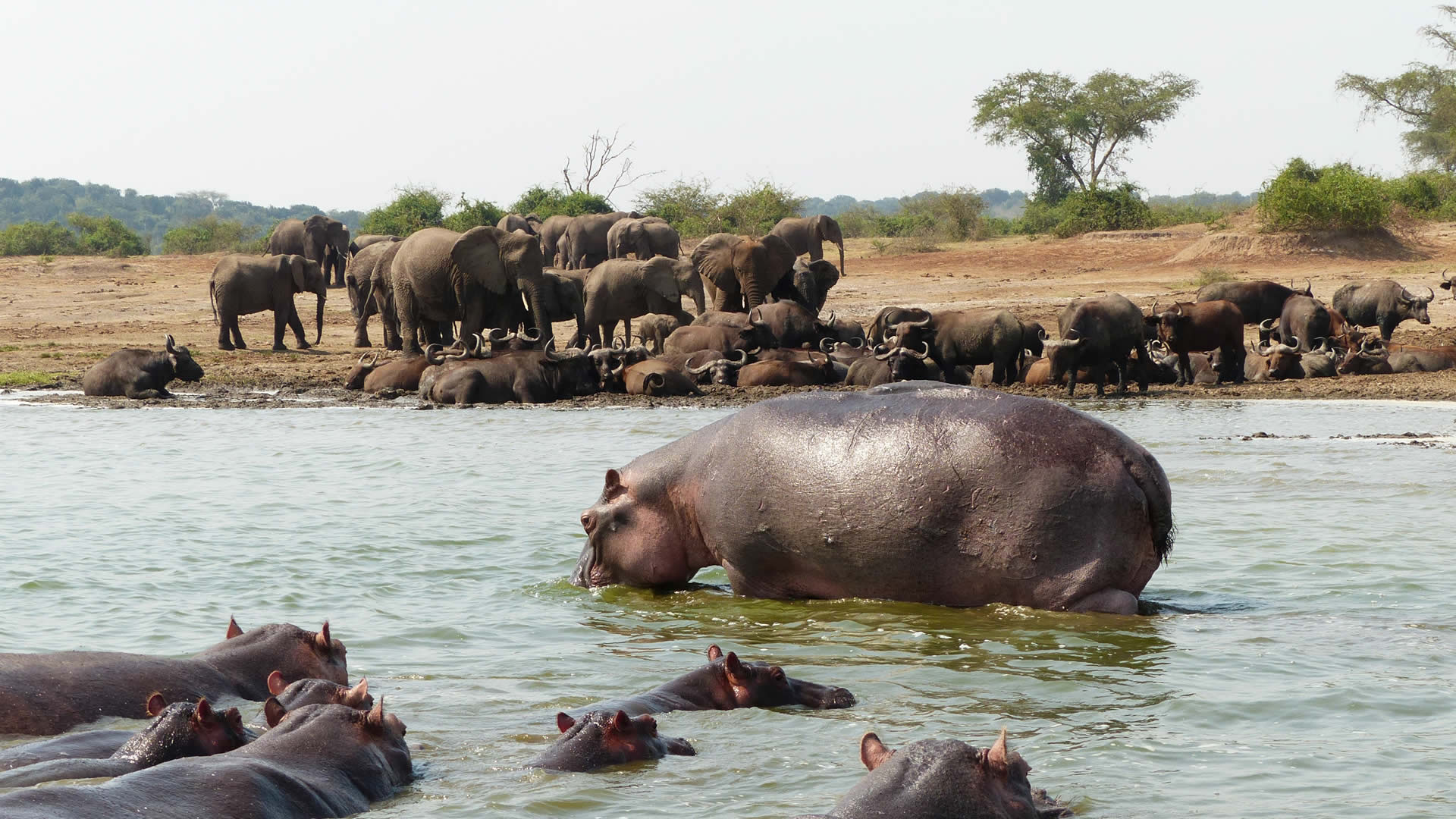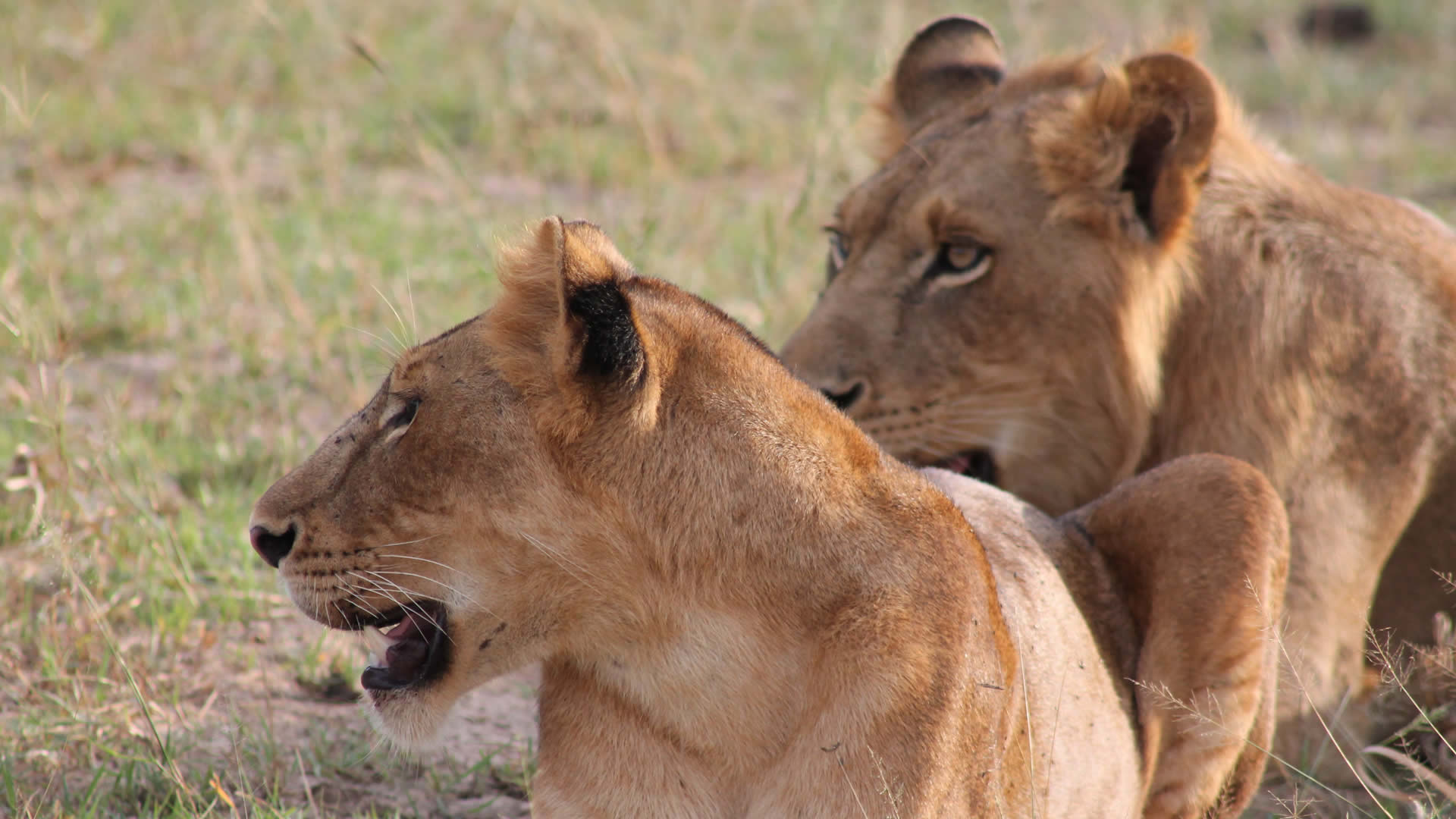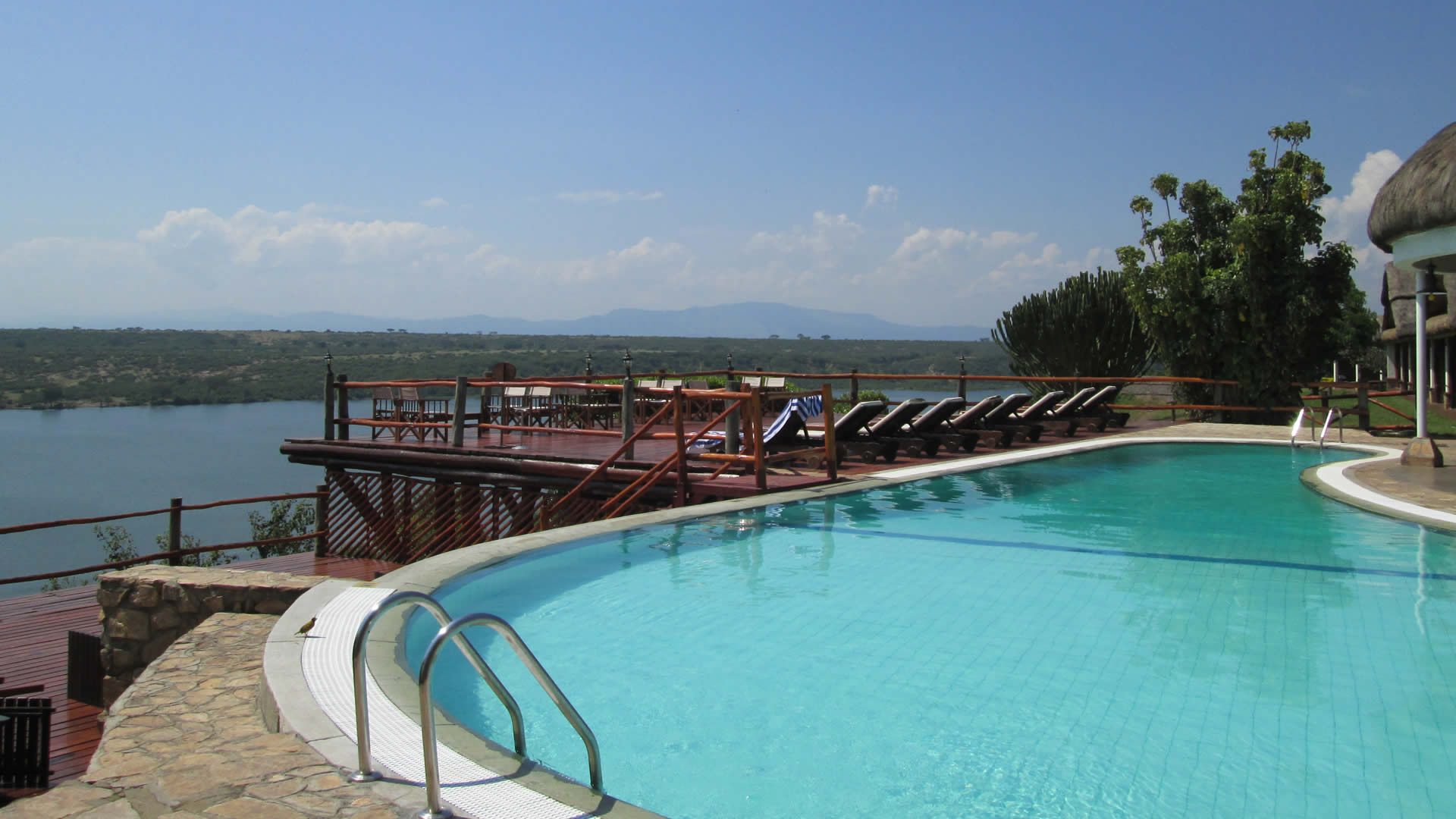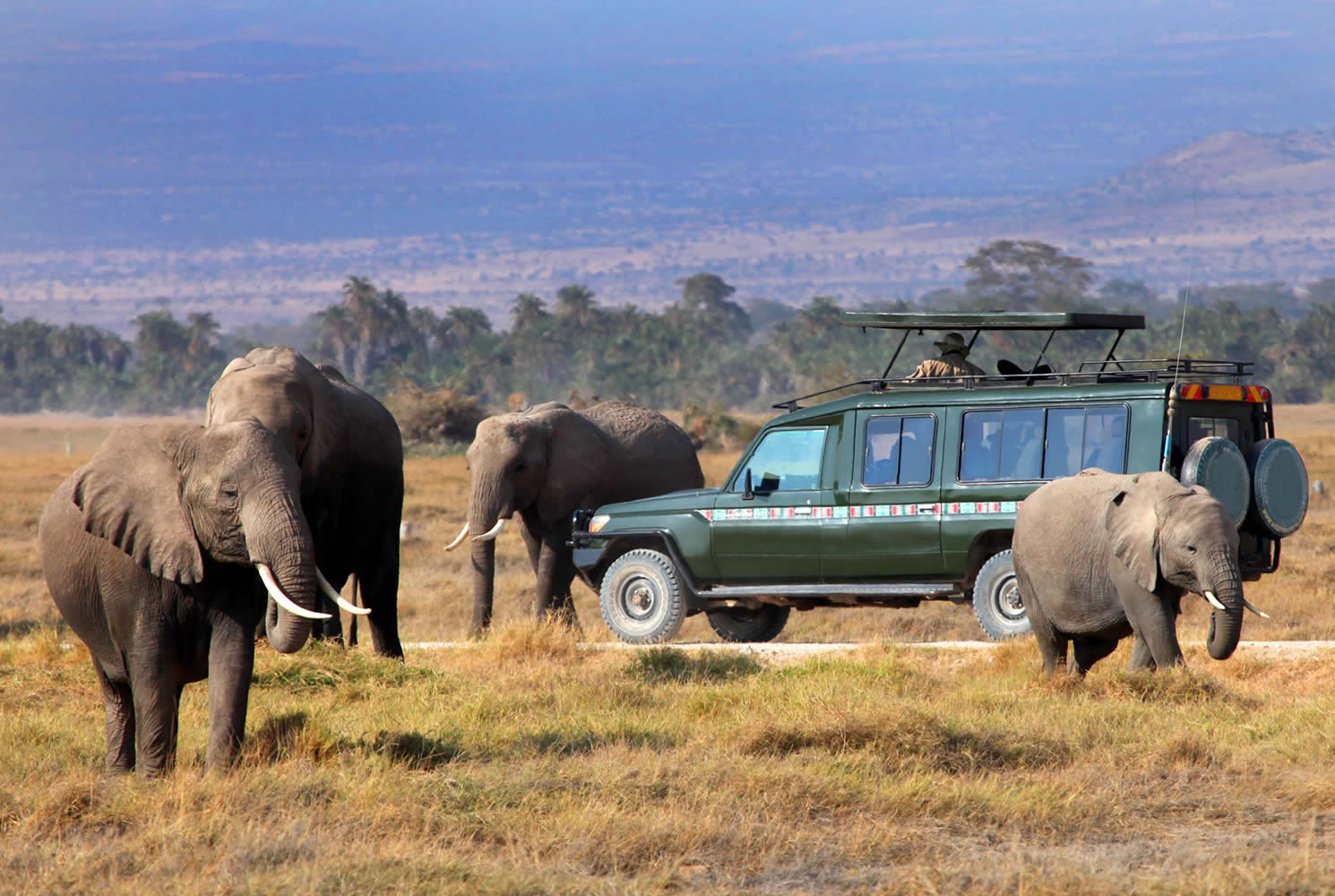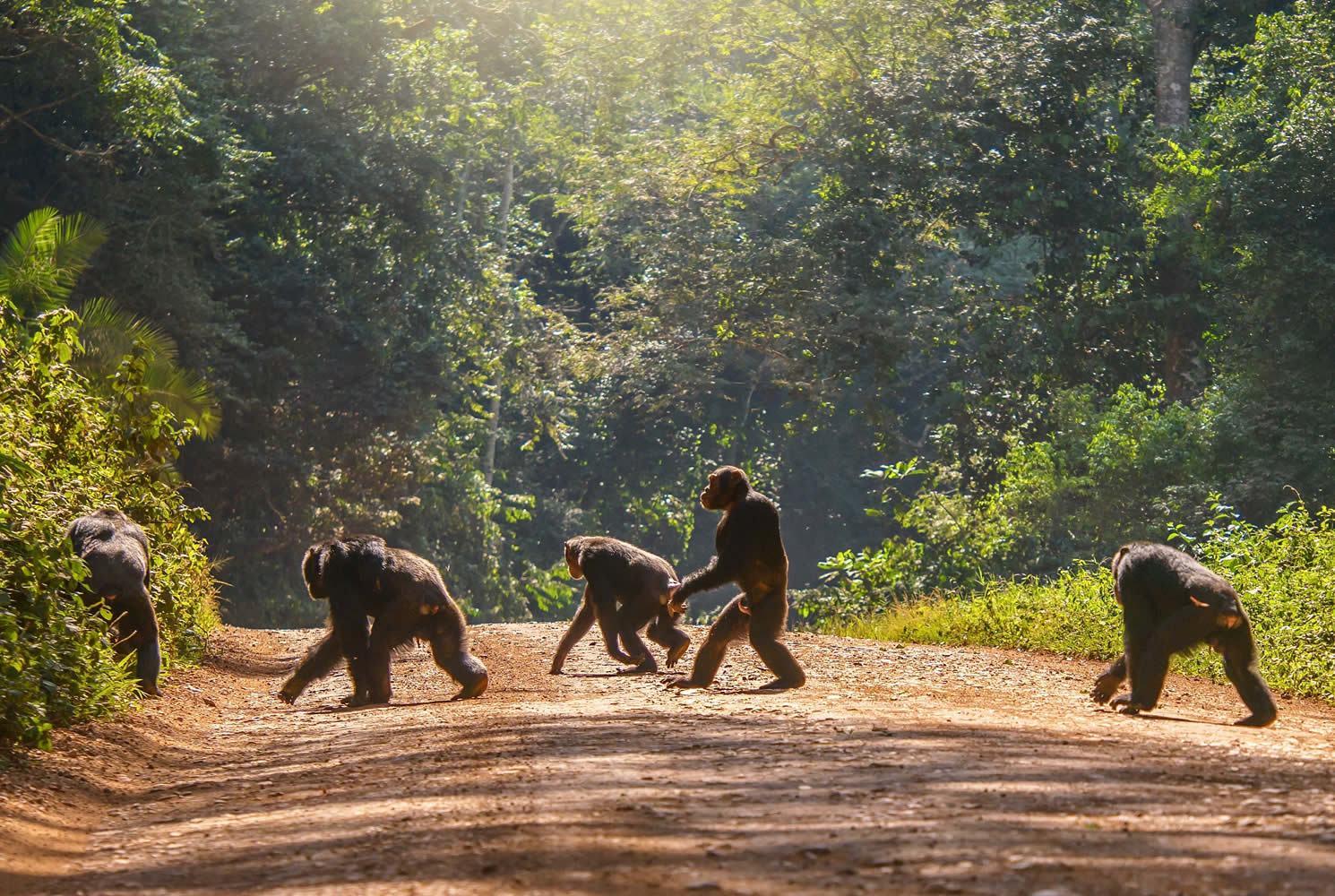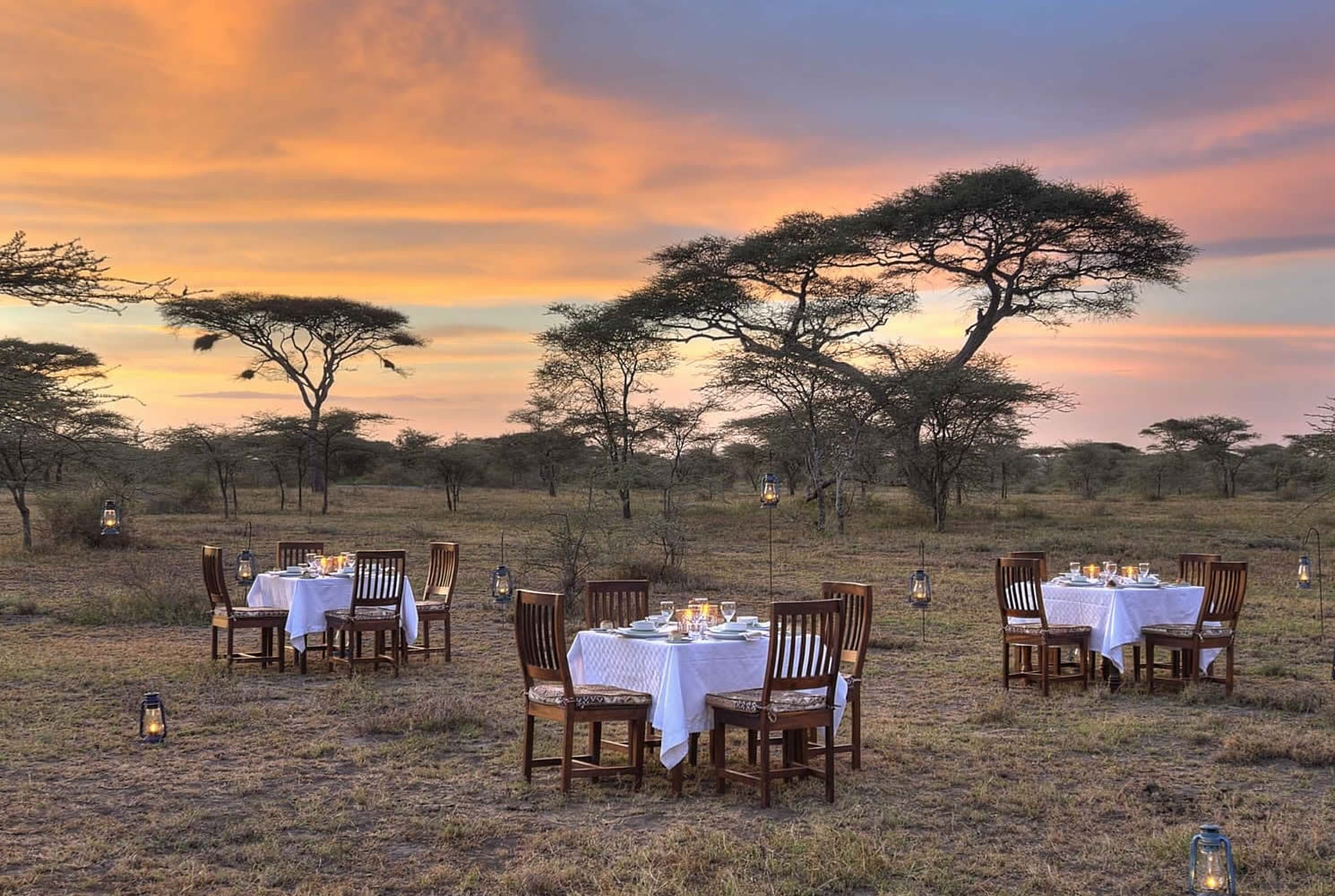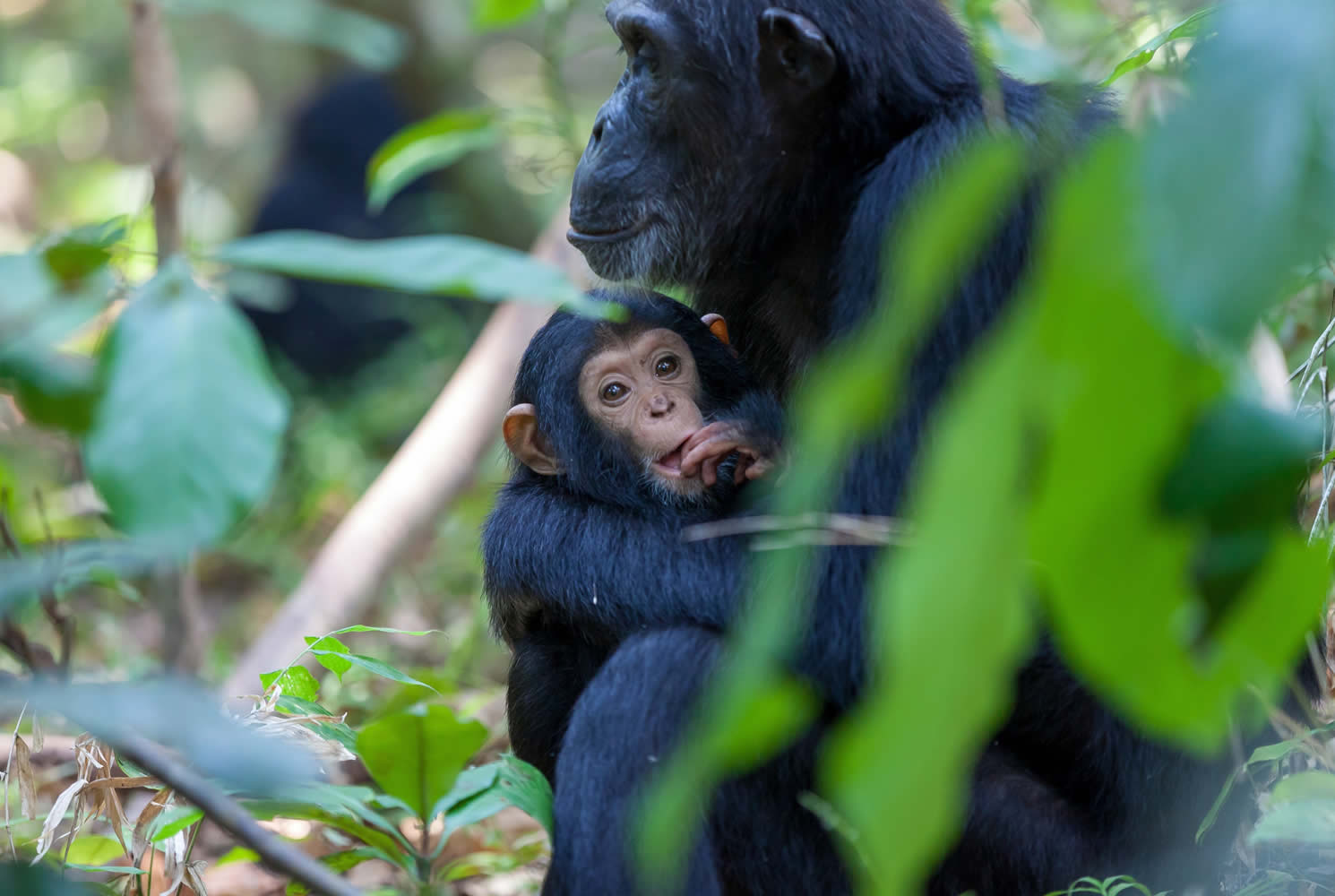Queen Elizabeth National Park
The lush savannah of Queen Elizabeth National Park offers prime grazing to buffaloes, elephants, various antelopes and a checklist of over 600 bird species.
Queen Elizabeth National Park is the second largest National Park after Murchison Falls National Park and stretches to about 1,978 square kilometers. Queen Elizabeth National Park is Uganda’s most popular National Parkand certainly one of its most scenic. It stretches from the crater-dotted foothills of the Rwenzori ranges in the north, along the shores of Lake Edward to the remote Ishasha River in the South, incorporating a wide of variety of habitats that range from savanna and wetlands to gallery and lowland forest.
Queen Elizabeth National Park is home to the tree climbing lions commonly spotted in the southern sector of the park popularly referred to as Ishasha. It is home to over 600 hundred species of birds including migratory birds from Europe. Kazinga channel boat cruise remains one of the highlights of the park as several animals such as hippos, elephants, birds among other can be spotted with easy.
Queen Elizabeth National Park, Uganda's most popular, is located in the south west of the country, surrounded by the Rwenzori Mountains. It is known for its tree-climbing lions, chimpanzees, volcanoes and crater lakes, and salt mining at Lake Katwe.


